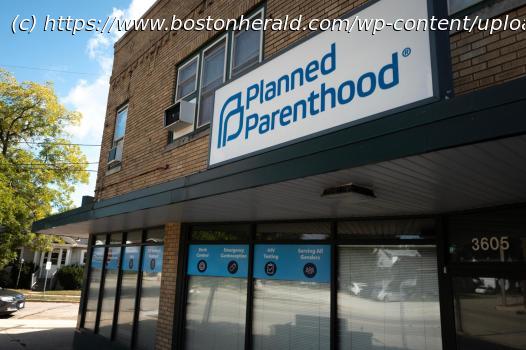Cutting federal funding for reproductive health services “isn’t saving money. It’s wasting it.”
In late October, Maine Family Planning announced three rural clinics in northern Maine would close by month’s end. These primary care and reproductive health clinics served about 800 patients, many uninsured or on Medicaid.
“People don’t realize how much these clinics hold together the local health system until they’re gone,” said George Hill, the group’s president and CEO. “For thousands of patients, that was their doctor, their lab, and their lifeline.”
Maine Family Planning’s closures are among the first visible signs of what health leaders call the biggest setback to reproductive care in half a century. The U.S. Department of Health and Human Services’ Office of Population Affairs, which administers the Title X family planning program, has been effectively shut down. At the same time, Medicaid cuts, the potential lapse of Affordable Care Act subsidies, as well as cuts across programs in the Health Resources and Services Administration and Centers for Disease Control and Prevention are eroding the broader safety net.
“When you cut OPA, HRSA, and Medicaid together, you’re removing every backup we have,” said Clare Coleman, president of the National Family Planning and Reproductive Health Association. “It’s like taking EMTs off the road while closing the emergency rooms.”
Asked about the cutbacks, HHS press secretary Emily G. Hilliard said, “HHS will continue to carry out all of OPA’s statutory functions.”How the safety net frays
For more than 50 years, Title X has underwritten a national network of clinics, now numbering over 4,000, that provide contraception, pregnancy testing, testing and treatment for sexually transmitted infections, cancer screening, and other primary and preventive care to nearly 3 million low-income or uninsured patients annually. OPA managed nearly $400 million in grants, issued clinical guidance, and ensured compliance.
In mid-October, OPA’s operations went dark amid federal layoffs that also affected hundreds of CDC staffers. “Under the Biden administration, HHS became a bloated bureaucracy — expanding its budget by 38% and its workforce by 17%,” a spokesperson for the department said at the time, adding, “HHS continues to eliminate wasteful and duplicative entities, including those inconsistent with the Trump administration’s Make America Healthy Again agenda.”
According to Jessica Marcella, who led OPA under the Biden administration, the office was previously staffed by 40 to 50 people. Now, she says, only one U.S. Public Health Service Commissioned Corps officer remains.
“The structure to run the nation’s family planning program disappeared overnight,” said Liz Romer, OPA’s former chief clinical adviser.
“This isn’t just about government jobs,” Coleman said. “It’s a patient care crisis. Every safety net program that touches reproductive health is being weakened.”A policy linking health, autonomy, and opportunity
Created in 1970 under President Richard Nixon and rooted in President Lyndon Johnson’s War on Poverty, Title X was designed as a cornerstone of preventive public health, not a partisan cause. Nixon called family planning assistance key to a “national commitment to provide a healthful and stimulating environment for all children,” and Congress agreed overwhelmingly across party lines.
Sara Rosenbaum, a professor of health law at George Washington University, said the program reflected a pivotal shift in how policymakers understood health itself.
“By the late 1960s, there was a deep appreciation that the ability to time and space pregnancies was absolutely essential to women’s and children’s health,” she said. “Title X represented the idea that reproductive care wasn’t a privilege or a moral issue. It was basic health care.”
UCLA economist Martha Bailey later found that children born after the first federally funded family planning programs were 7% less likely to live in poverty, and had household incomes 3% higher, than those born before.






